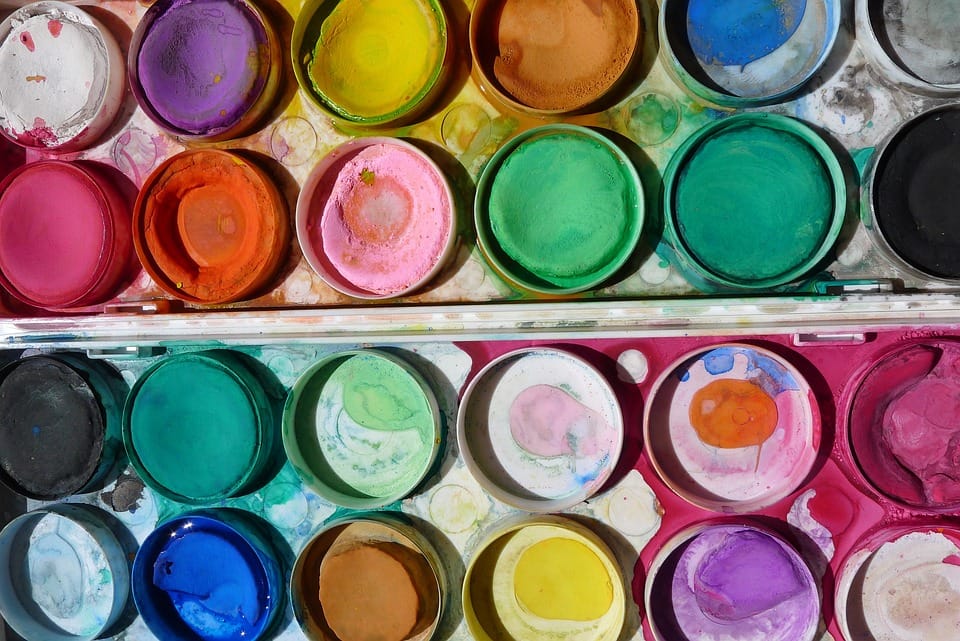Beyond the Basics: Advanced Techniques for Creating Interoperable and Scalable NFT Collections
As the world of NFTs (non-fungible tokens) continues to evolve, creators and collectors alike are seeking ways to push the boundaries of what is possible with these digital assets. From art and collectibles to gaming and entertainment, NFTs have the potential to revolutionize the way we engage with digital content. However, creating a successful NFT collection requires more than just a good idea and a basic understanding of blockchain technology. In this article, we’ll explore advanced techniques for creating interoperable and scalable NFT collections, helping you to take your digital art or collectibles to the next level.
Interoperability: The Key to Wider Reach
Interoperability is the ability of different systems, platforms, and devices to work together seamlessly, allowing users to access and interact with your NFT collection regardless of their device or platform of choice. This is critical for achieving widespread adoption and ensuring that your NFT collection reaches a global audience. There are several ways to achieve interoperability in NFT creation:
- API Integration: Create APIs that allow other platforms, apps, and services to interact with your NFT collection. This enables seamless integration with popular platforms like OpenSea, Rarible, and others.
- Standardization: Adopt widely-accepted standards, such as the Open.Rarity standard, to ensure your NFT collection can be easily verified and displayed across different platforms.
- Multi-Chain Support: Develop your NFT collection on multiple blockchains, such as Ethereum, Binance Smart Chain, and Polkadot, to increase accessibility and flexibility.
- Front-End Development: Design a well-optimized front-end user interface that allows users to interact with your NFT collection effortlessly, regardless of their device or platform.
Scalability: The Key to Mass Adoption
Scalability is essential for achieving widespread adoption and ensuring your NFT collection can handle the demands of a large user base. To achieve scalability, consider the following strategies:
- Cloud Computing: Leverage cloud computing services like AWS or Google Cloud to scale your infrastructure, handling increased traffic and usage.
- Database Optimization: Optimize your database architecture to ensure efficient data storage and retrieval, reducing the load on your infrastructure.
- Caching Mechanisms: Implement caching mechanisms, such as Redis or Memcached, to speed up data retrieval and reduce latency.
- Load Balancing: Use load balancing techniques to distribute traffic evenly, ensuring no single point of failure and maintaining high availability.
Advanced Features for Enhanced User Experience
To stand out in a crowded market, it’s essential to include advanced features that enhance user experience and engagement. Consider the following:
- Gaming Integration: Integrate your NFT collection with popular gaming platforms, allowing users to engage with your digital art or collectibles within their favorite games.
- Social Sharing: Enable social sharing capabilities, allowing users to share their favorite NFTs on social media platforms like Twitter, Instagram, and Facebook.
- Animation and Interactivity: Use animation and interactivity to bring your NFTs to life, creating an immersive experience for users.
- Virtual Events: Host virtual events, such as IRL (In Real Life) meets, exhibitions, or concerts, to bring the physical world into the digital realm.
- Reward Systems: Implement reward systems, such as badges, tokens, or unlockables, to incentivize engagement and encourage users to interact with your NFT collection.
Beyond the Basics: The Future of NFTs
As the NFT market continues to evolve, it’s crucial to stay ahead of the curve. By incorporating advanced techniques like interoperability, scalability, and user-experience-enhancing features, you’ll be well-prepared for the future of NFTs.
Conclusion
Creating an NFT collection that stands out from the crowd requires more than just a good idea and basic knowledge of blockchain technology. By incorporating advanced techniques, such as interoperability, scalability, and user-experience-enhancing features, you’ll be well-prepared to create a successful digital art or collectibles collection that resonates with a global audience.
FAQs
Q: What is the significance of interoperability in NFT creation?
A: Interoperability is crucial for ensuring that your NFT collection can be accessed and interacted with on different devices, platforms, and services, increasing its adoption and user base.
Q: How can I ensure my NFT collection is scalable?
A: To ensure scalability, focus on cloud computing, database optimization, caching mechanisms, and load balancing to handle increased traffic and usage.
Q: What are some advanced features that can enhance user experience?
A: Advanced features like gaming integration, social sharing, animation, interactivity, virtual events, and reward systems can create an immersive experience for users and increase engagement with your NFT collection.
Q: What is the future of NFTs?
A: As the NFT market continues to evolve, incorporating advanced techniques, such as interoperability, scalability, and user-experience-enhancing features, will be essential for creating successful digital art or collectibles collections.
Q: How can I start creating my own NFT collection?
A: Start by understanding the basics of blockchain technology, selecting a suitable blockchain platform, and designing your NFT collection’s concept, art, and functionality. Then, use the advanced techniques discussed in this article to take your collection to the next level.
References:
- "The Future of Non-Fungible Tokens (NFTs)" by Blockchain Council
- "NFTs: A New Frontier for Digital Art" by Artnet News
- "The NFT Ecosystem: A Guide to Creating and Selling NFTs" by Medium
By following the best practices and advanced techniques outlined in this article, you’ll be well-equipped to create a successful NFT collection that resonates with a global audience.

Leave a Reply